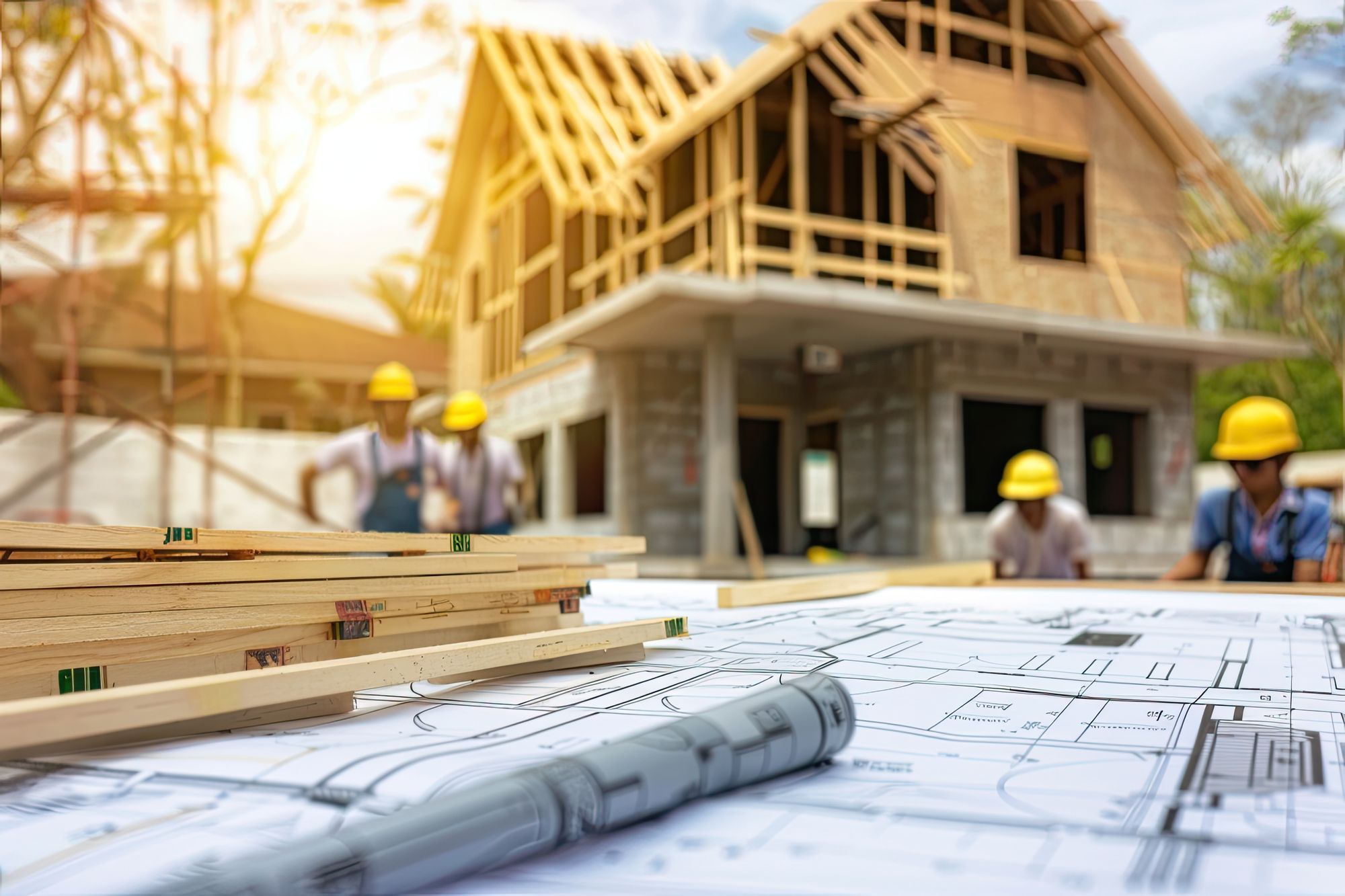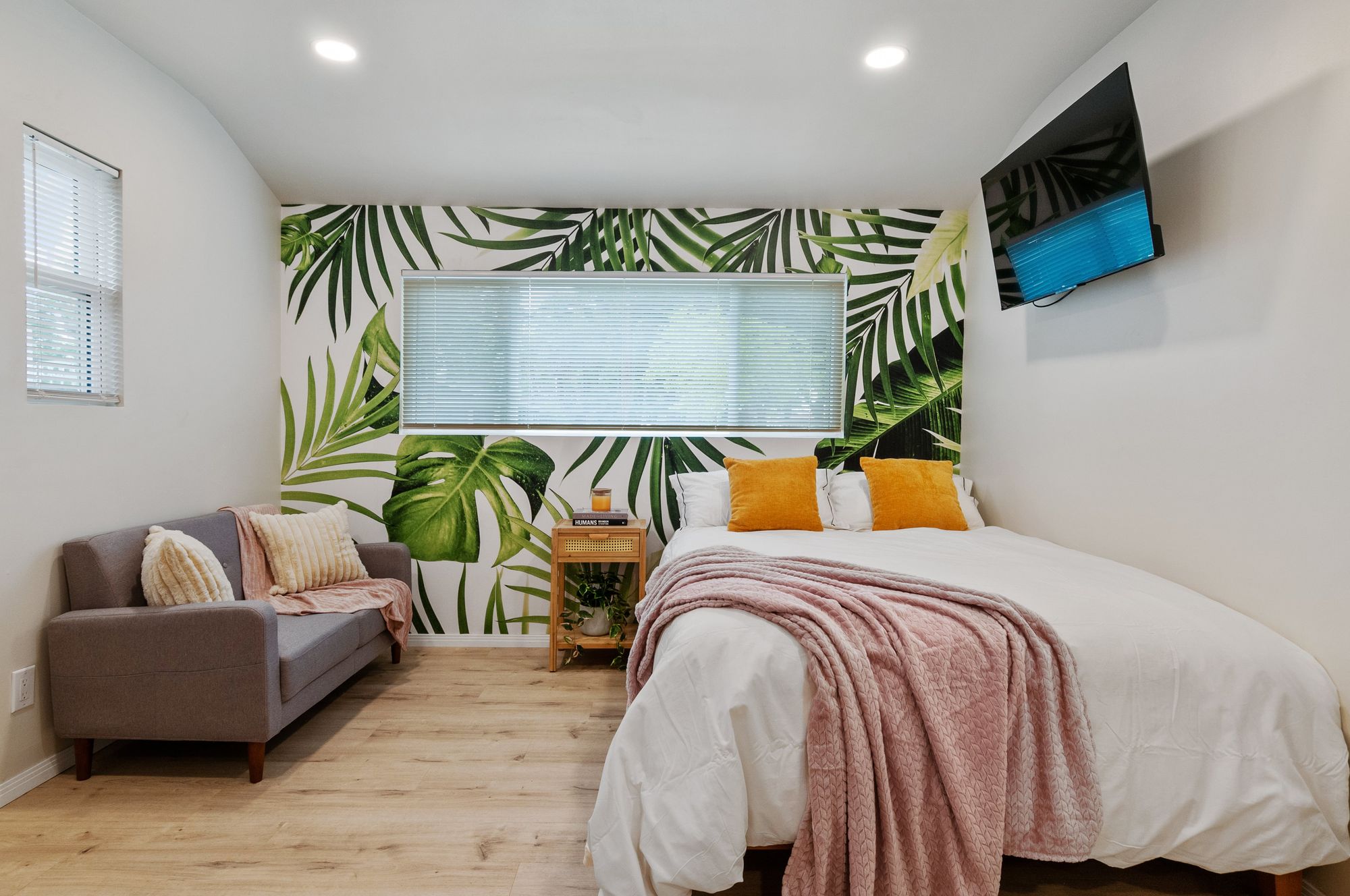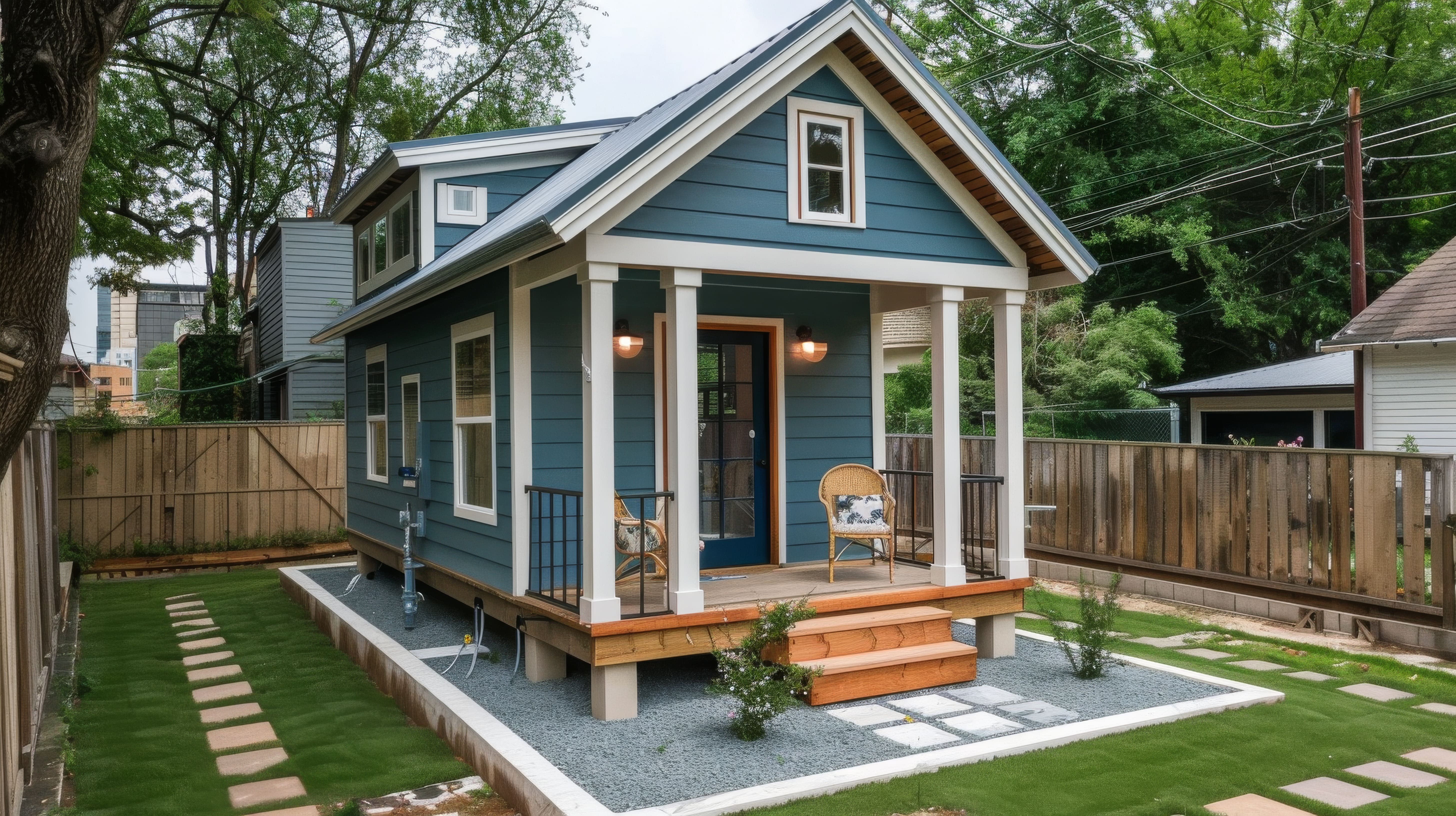
Understanding SB-1211: California's Game-Changing ADU Legislation
California's Senate Bill 1211 (SB-1211), signed into law in September 2024, represents the most significant expansion of Accessory Dwelling Unit (ADU) development opportunities in the state's history. This groundbreaking legislation allows property owners to add up to 8 detached ADUs on multifamily residential lots, fundamentally changing the landscape of housing development and investment opportunities across California.
What is SB-1211 and Why Does It Matter?
SB-1211 addresses California's housing crisis by dramatically increasing the potential for ADU development on existing multifamily properties. Prior to this legislation, ADU development was primarily limited to single-family residential lots with strict limitations on the number and type of units allowed.
The law specifically targets multifamily properties (those with 2 or more existing residential units) and provides a streamlined path for adding detached ADUs. This creates unprecedented opportunities for property owners to:
- Increase rental income through additional housing units
- Boost property values significantly
- Address housing shortages in their communities
- Create multigenerational housing solutions
- Develop affordable housing options
Key Provisions and Requirements of SB-1211
Eligible Properties
SB-1211 applies to multifamily residential properties that meet specific criteria:
- Property Type: Must be zoned for multifamily residential use
- Existing Units: Property must contain 2 or more existing residential units
- Lot Size: Sufficient space to accommodate additional detached structures
- Zoning Compliance: Must comply with local zoning ordinances and setback requirements
ADU Development Limits
The legislation establishes clear parameters for ADU development:
- Maximum Units: Up to 8 detached ADUs per qualifying lot
- Unit Size: Each ADU can be up to 800 square feet
- Height Restrictions: Generally limited to 16 feet in height
- Setback Requirements: Must comply with local setback requirements (typically 4-6 feet from property lines)
Local Implementation and Variations
While SB-1211 provides the statewide framework, local jurisdictions maintain authority over specific implementation details. This creates variations across different cities and counties:
Los Angeles County Implementation
Los Angeles County has embraced SB-1211 with relatively streamlined processes:
- Expedited permitting for compliant projects
- Reduced parking requirements in transit-oriented areas
- Standardized plan review processes
- Fee reductions for affordable ADU developments
Bay Area Jurisdictions
San Francisco Bay Area cities have implemented SB-1211 with additional considerations for high-density urban environments:
- Enhanced design review processes
- Additional environmental review requirements
- Increased focus on neighborhood compatibility
- Specific affordable housing incentives
Financial Benefits and Investment Opportunities
Rental Income Potential
SB-1211 creates substantial rental income opportunities. In major California markets, ADUs can generate significant monthly rental income:
- Los Angeles: $2,500-$4,000 per month per ADU
- San Francisco Bay Area: $3,000-$5,500 per month per ADU
- San Diego: $2,200-$3,800 per month per ADU
- Sacramento: $1,800-$2,800 per month per ADU
Property Value Enhancement
Adding ADUs under SB-1211 can increase property values by 20-40% or more, depending on location and market conditions. The additional rental income potential makes properties more attractive to investors and can significantly improve capitalization rates.
Development Process and Timeline
Phase 1: Feasibility Analysis (2-4 weeks)
- Site evaluation and measurement
- Zoning compliance review
- Utility capacity assessment
- Financial feasibility analysis
- Initial design concepts
Phase 2: Design and Planning (6-10 weeks)
- Architectural design development
- Structural engineering
- MEP (Mechanical, Electrical, Plumbing) design
- Landscape and site planning
- Construction document preparation
Phase 3: Permitting (8-16 weeks)
- Permit application submission
- Plan review and approval
- Building permit issuance
- Utility connection approvals
- Environmental review (if required)
Phase 4: Construction (16-24 weeks)
- Site preparation and excavation
- Foundation and framing
- MEP installation
- Finish work and landscaping
- Final inspections and occupancy
Common Challenges and Solutions
Setback and Space Constraints
Many multifamily properties face challenges with setback requirements and available space. Solutions include:
- Creative site planning and ADU placement
- Multi-story ADU designs to maximize efficiency
- Variance applications where appropriate
- Collaboration with neighbors for shared access
Utility Infrastructure
Adding multiple ADUs can strain existing utility infrastructure. Addressing these challenges requires:
- Early utility capacity assessments
- Infrastructure upgrade planning
- Coordination with utility providers
- Consideration of shared utility systems
Future Outlook and Opportunities
SB-1211 represents just the beginning of California's ADU expansion. Future developments may include:
- Additional legislation expanding ADU opportunities
- Streamlined permitting processes
- Enhanced financing options and incentives
- Integration with affordable housing programs
- Technology solutions for faster development
Getting Started with Your SB-1211 Project
Successfully developing ADUs under SB-1211 requires expertise in multiple areas including architecture, engineering, permitting, and construction. Working with experienced professionals who understand the nuances of SB-1211 implementation across different California jurisdictions is essential for project success.
The opportunities created by SB-1211 are substantial, but they require careful planning, expert guidance, and thorough understanding of local implementation requirements. Property owners who act quickly and strategically can position themselves to benefit significantly from this revolutionary legislation.


